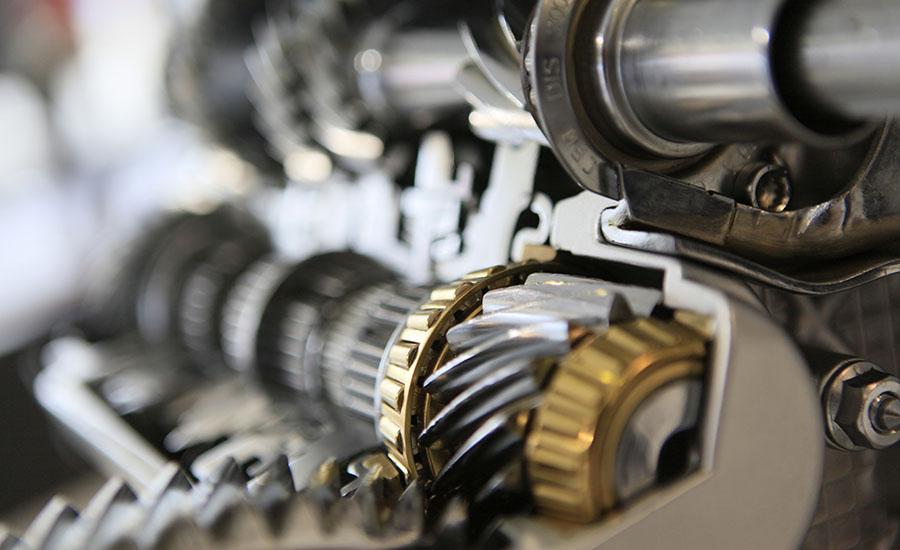
Relative Timeline Lab
by Amanda Stalvey
Students will engage in a phenomena based lab in which they simulate relative dating of sedimentary rocks, an earthquake and volcanic eruption. In the lab, students will see how the layers at the bottom of a sample are the oldest with the youngest on the top and how to identify when the intrusion or earthquake occurred through experience and observation.
Lesson Plan Link/URL
https://docs.google.com/presentation/d/1WVMnmZs6puMB4ajXNCdCBmTIoNfkUZbi/edit?u…Subject Area
Science Earth and Space Science E1: Earth Systems Technology 1. Empowered Learner 2. Digital Citizen 3. Knowledge Constructor Engineering S4: Apply Science to Engineering English Language Arts (ELA) Writing Speaking & Listening
Featured
Off
Related Content

Grades:
10th Grade, 11th Grade, 12th Grade
This is part 2 of a two-part series. This lesson looks deeper into early electronic encryption tools and how they relate to cryptography today. The tools discussed are: Hebern Rotor Machine, Enigma

Grades:
4th Grade
This 4th grade STEAM lesson focuses on introducing students to Earth's four systems: Hydrosphere, Geosphere, Atmosphere, and Biosphere (excluding the Lithosphere). Students will learn about the Greek

Grades:
9th Grade, 10th Grade, 11th Grade, 12th Grade
This lesson is a follow-up to the lesson titled "Creating Sustainable Solutions with Bioplastics Part 1". In this lesson, students evaluate different ingredients for bioplastics and create a minimum